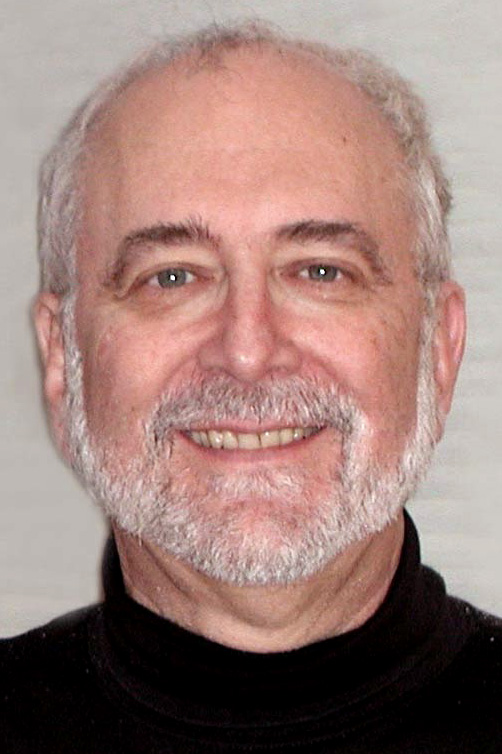


|
||
|
||
FIOS by Verizon, is a bundled Internet access, telephone, and television service that operates over a fiber-optic communications network with over 5 million customers in nine U.S. states—providing Fiber to the Home (FTTH). One of the first service areas was a Northern Virginia community known as Ashburn—which is also is the cloud data center capital of the world. It literally sits on top of the most massive mesh of high bandwidth, low latency fiber in existence.
The initial speed of the Ashburn community FIOS offerings were a once-fast 35 Mbit/s, and several years ago, increased to a relatively symmetric 50-80 Mbit/s. Meanwhile, however, the FTTH residential bandwidth technology increased dramatically—allowing for relatively low cost 200 to near 1000 Mbit/s service offerings.
FIOS, however, per its customer service staff, has not upgraded its central office equipment for these early FIOS installations and remains uncommitted as to when it will occur. The matter is embarrassing and untenable in two respects. Customers are forced to continue paying significant monthly charges for Internet service that is a fraction of the slowest speeds now commonly available. Those same customers are also surrounded by scores of huge cloud facilities dotting the landscape everywhere with massive optical fiber-based bandwidth, which abounds along the roads and trails exchanging Petabytes of data.
What FIOS has architected is essentially capping broadband Internet by design to avoid changing central office equipment supporting the service of older customers. The initial customers who have been paying for FTTH infrastructure installed to provide FIOS a competitive advantage in planned communities a decade and a half ago are now being forced to continue subsidizing old equipment. Ironically, new customers get the best services at the lowest rates.
Especially ironic is that the provider here pitches Fios Forward to Washington policy makers for “digital inclusion,” while it actually excludes longtime customers from Fios Forward in its famous data center, fiber-optic wired community a mere 30 miles to the West.
Sponsored byCSC

Sponsored byVerisign

Sponsored byIPv4.Global

Sponsored byVerisign

Sponsored byWhoisXML API

Sponsored byDNIB.com

Sponsored byRadix
